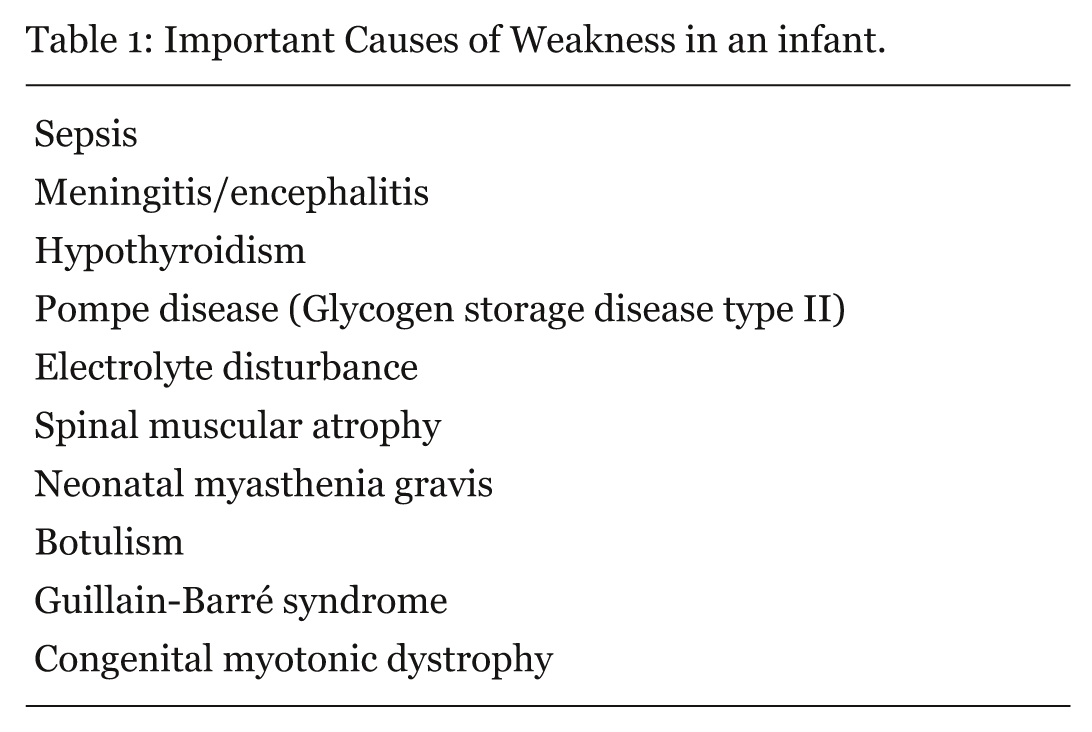Floppy Baby Syndrome, also known as Hypotonia, is a condition characterized by decreased muscle tone in infants. The term “floppy” refers to the way affected babies often appear limp, much like a rag doll. This condition can be alarming for parents and caregivers, but understanding its causes and available care options can help manage it effectively.

What is Floppy Baby Syndrome?
Floppy Baby Syndrome refers to a state where an infant exhibits unusually low muscle tone. Babies with this condition may seem floppy or loose when held, and their limbs might hang limply instead of maintaining some level of tension. Muscle tone is the natural tension in the muscles that allows us to move and maintain posture. In hypotonia, this tension is significantly reduced, making movement difficult and sometimes leading to developmental delays.
Symptoms of Floppy Baby Syndrome
- Limpness or floppiness when picked up
- Inability to maintain a flexed position
- Poor head control
- Delayed motor skills development
- Difficulty feeding or swallowing
- Breathing problems due to weak chest muscles
Causes of Floppy Baby Syndrome
The causes of this syndrome can vary widely and may be classified into central or peripheral origins. Central causes involve issues within the brain or spinal cord, while peripheral causes relate to problems in the nerves or muscles themselves. Some of the most common causes include:
Central Causes
- Cerebral palsy: A group of disorders affecting movement and muscle tone caused by damage to the developing brain.
- Brain malformations: Structural abnormalities in the brain that affect its ability to send proper signals to the muscles.
- Hypoxic-ischemic encephalopathy: Brain injury caused by oxygen deprivation during birth.
- Metabolic disorders: Conditions like phenylketonuria or mitochondrial diseases that interfere with the body’s energy production.
Peripheral Causes
- Muscular dystrophy: A group of genetic diseases causing progressive weakness and loss of muscle mass.
- Spinal muscular atrophy: A genetic disorder that affects the motor neurons responsible for muscle movement.
- Peripheral neuropathy: Damage to the peripheral nerves that connect the brain and spinal cord to the rest of the body.
- Connective tissue disorders: Conditions like Ehlers-Danlos syndrome that affect the body’s structural framework.
Other Contributing Factors
In some cases, the exact cause of floppy baby syndrome remains unknown. However, factors such as prematurity, infections during pregnancy, exposure to toxins, or maternal health conditions like diabetes can increase the risk of hypotonia in newborns.
Diagnosing Floppy Baby Syndrome
Diagnosing this condition involves a comprehensive evaluation by healthcare professionals. Early detection is crucial to identify underlying causes and initiate appropriate interventions. The diagnostic process typically includes:
Physical Examination
A thorough physical examination is conducted to assess muscle tone, reflexes, and overall development. Doctors will observe how the baby moves, whether they can hold their head up, and how they respond to stimuli.
Medical History
Gathering a detailed medical history helps identify potential risk factors. Parents are asked about the pregnancy, delivery, and any family history of genetic or neurological disorders.
Diagnostic Tests
- Imaging studies: Techniques like magnetic resonance imaging or computed tomography scans provide detailed images of the brain and spinal cord to detect structural abnormalities.
- Electromyography: A test that measures the electrical activity of muscles to evaluate nerve function.
- Blood tests: These can detect metabolic or genetic disorders that might be contributing to the condition.
- Muscle biopsy: In some cases, a small sample of muscle tissue is taken to examine under a microscope for signs of disease.
Treatment and Care Options
While there is no single cure for floppy baby syndrome, treatment focuses on managing symptoms, addressing underlying causes, and supporting the child’s development. A multidisciplinary approach involving various specialists ensures comprehensive care.
Physical Therapy
Physical therapy plays a vital role in improving muscle strength and coordination. Therapists design exercises tailored to the child’s needs, helping them develop motor skills and achieve milestones like sitting, crawling, and walking.
Occupational Therapy
Occupational therapy focuses on enhancing the child’s ability to perform daily activities. This includes teaching adaptive techniques and using assistive devices to improve independence and quality of life.
Speech and Language Therapy
For children experiencing difficulties with feeding or communication, speech and language therapy can be beneficial. Therapists work on strengthening oral muscles and developing effective communication strategies.
Medications
In certain cases, medications may be prescribed to manage specific symptoms or underlying conditions. For example, drugs that target muscle stiffness or seizures might be used depending on the diagnosis.
Nutritional Support
Children with floppy baby syndrome may face challenges with feeding and nutrition. Working with a dietitian ensures they receive adequate nutrients to support growth and development. In severe cases, feeding tubes might be necessary.
Surgical Interventions
If structural abnormalities or complications arise, surgery might be considered. For instance, correcting joint deformities or addressing issues related to the spine could improve mobility and comfort.
Family Support and Education
Parents and caregivers play a critical role in the care of children with this condition. Educating families about the syndrome, providing emotional support, and connecting them with community resources can make a significant difference in the child’s progress.
Living with Floppy Baby Syndrome
Raising a child with floppy baby syndrome requires patience, dedication, and a proactive approach. While the journey may present challenges, many children with this condition go on to lead fulfilling lives with the right support and interventions.
Early Intervention Programs
Enrolling in early intervention programs can provide access to specialized therapies and services designed to promote development. These programs often involve collaboration between therapists, educators, and healthcare providers.
Adaptive Equipment
Using adaptive equipment such as braces, wheelchairs, or standing frames can enhance mobility and independence. These tools are customized to meet the unique needs of each child.
Regular Follow-Up
Ongoing monitoring by healthcare professionals ensures that treatment plans remain effective and are adjusted as needed. Regular check-ups also help track developmental progress and address emerging concerns promptly.
Building a Support Network
Connecting with other families facing similar challenges can provide valuable insights and encouragement. Support groups, both online and offline, offer a platform to share experiences and advice.





